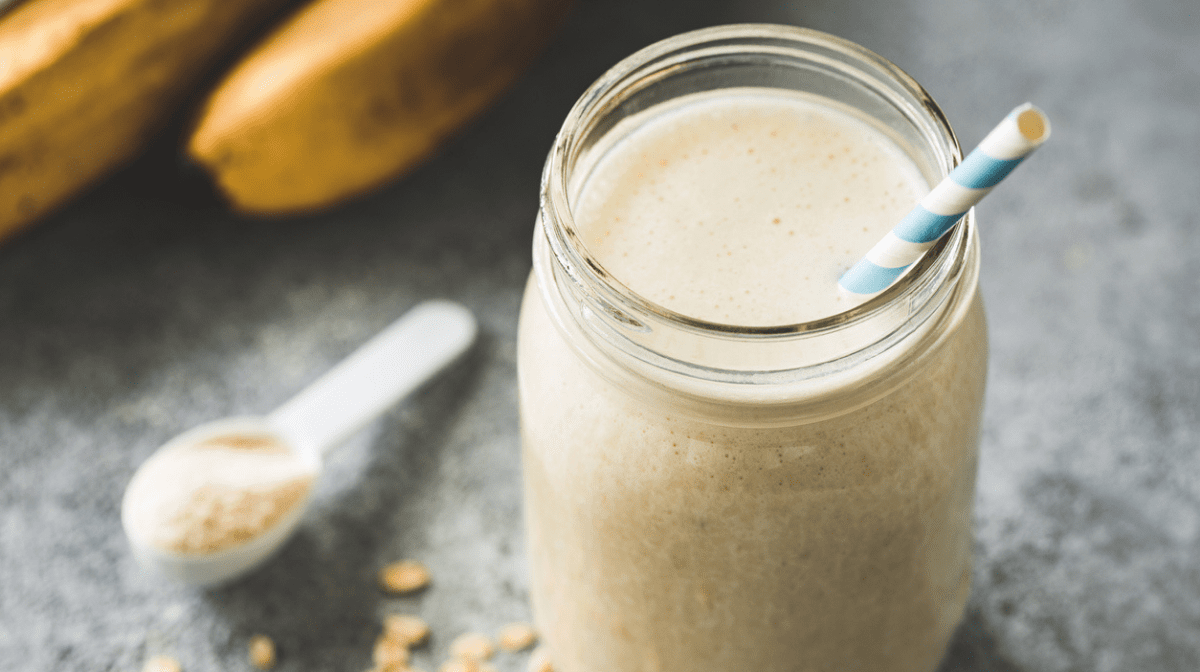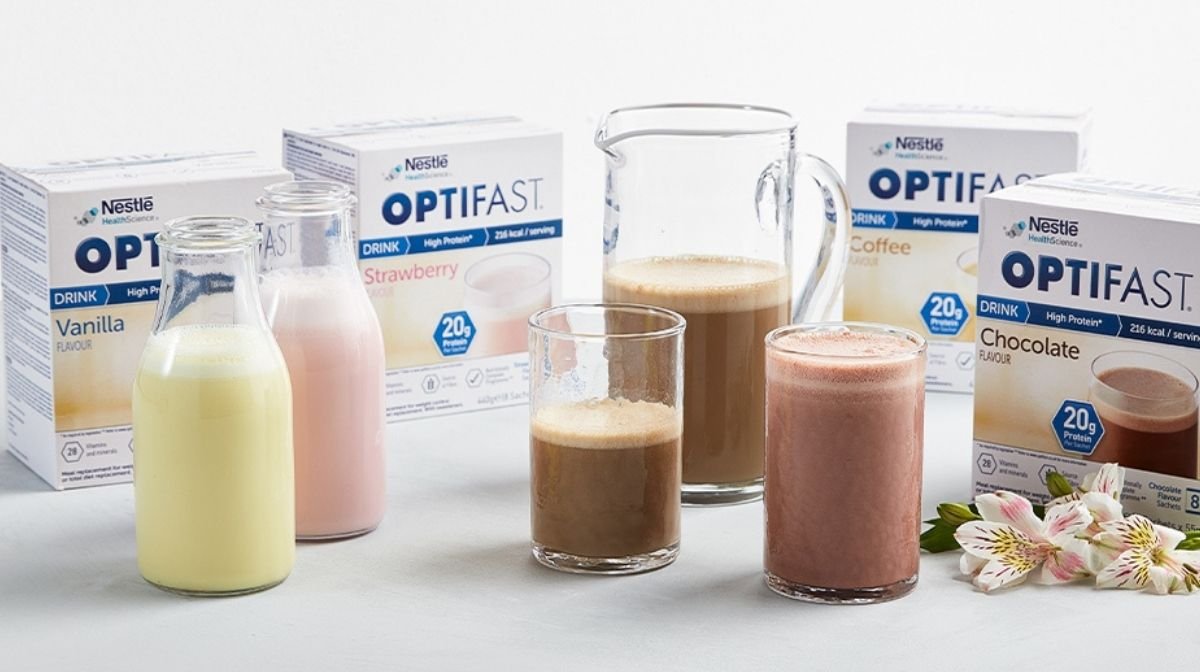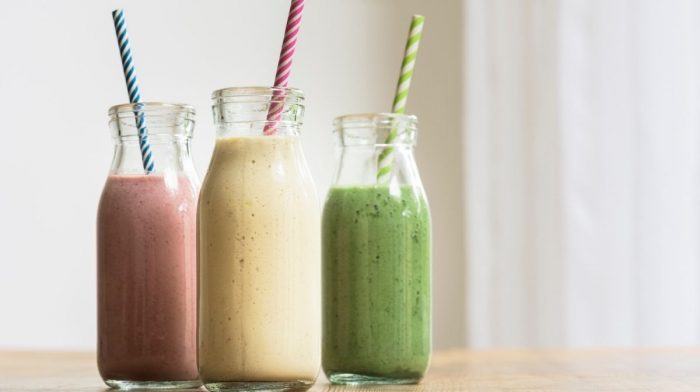In order to build and repair muscle tissue and regulate body processes such as digestion, it’s crucial that we’re consuming the right nutrients from all the different food groups.
Requirements vary depending on a range of factors, including age, gender, body weight, activity level and health status. This ultimately means that there’s no ‘one size fits all’ approach. The Dietary Reference Values¹ (DRV, based on a 2000 calorie diet) are standards developed to meet the nutrient needs of most healthy people. To ensure you’re meeting your DRI, it’s important to consume a varied, well-balanced diet that includes all of the main food groups.
What are the main food groups, and in what foods are they found in?
Protein
According to the 2015 government Dietary Guidelines, most adults can get sufficient protein by consuming 10-30% of their calories from protein-rich foods. For someone eating 2000 calories a day, that’s about 50-150 grams of protein. However, each individual typically has different requirements so we’d advise speaking to a healthcare professional to receive a recommendation that’s specifically tailored to you, and your lifestyle.
As a general reference point, there are about 7 grams of protein in one ounce (or 28g) of meat, fish or poultry, 1 egg and 1 cup (237ml) of milk. Protein is essential for having a healthy immune system, carrying oxygen in the blood and is the principal component of muscle tissue. It’s found in meats, poultry and fish, legumes (beans and peas) and lentils, tofu and other soy-based foods, eggs, nuts and seeds, milk and small amounts of grains.
Carbohydrates
Carbohydrates are stored as glycogen in the muscles and in the liver, providing glucose which is the main energy source in the body. The minimum daily requirement is 130 grams but this can vary based on your age and health status. Complex carbohydrates (starches and fibre) are found in whole grain bread, cereal, rice, pasta, grains, beans and starchy vegetables such as corn, peas and potatoes. These are the carbohydrates that you should eat most of, as they provide slow release energy and increase your fibre intake. Simple carbohydrates, the less favourable type, are found in the natural sugars from fruit and milk, honey, table sugar, syrup and processed sweets such as candy and desserts.
Fats
No specific DRV for fat has been determined but the British Heart Foundation recommends limiting saturated fat intake to less than 30g for a man and 20g for a woman. Where possible, replace saturated fats with small amounts of monounsaturated and polyunsaturated fats.
Fat is important for body functions such as insulating the body from cold temperatures and protecting vital organs, regulating hormone production, enhancing absorption of the fat soluble vitamins A, D, E and K and is also needed for healthy cell membranes, especially in the brain.
Saturated Fats
Saturated fats are solid at room temperature and are mainly found in animal sources such as dairy foods (whole milk, cheese, butter, ice cream), high-fat meat, skin of poultry and a few plant sources including palm oil and coconut. A diet high in saturated fat may increase risk of heart disease by increasing cholesterol levels and increasing LDL or “bad” cholesterol in the blood.
Monounsaturated Fats
Monounsaturated fats are soft or liquid at room temperature and are found in oils made from olives, canola, peanuts, avocados, almonds, cashews, pistachios and pecans. A diet high in monounsaturated fats may protect against heart disease by lowering the LDL (“bad”) cholesterol and increasing the HDL (“good”) cholesterol.
Polyunsaturated Fats
Polyunsaturated fats are also soft or liquid at room temperature and are found in plant oils from safflower, corn, soybean, sunflower, nuts such as walnuts and pine nuts and seeds. Some forms can help to decrease the level of bad cholesterol in the blood.
Omega-3 Fats
Omega-3 fats decrease the risk of heart disease by lowering triglycerides and the risk of blood clots and inflammation. They’re found in foods such as salmon, herring, sardines, mackerel, tuna, flaxseed and purslane (a wild green).
Water
Although water does not supply energy to the body, it’s one of the most important parts of our dietary intake and most people could not survive more than several days without it. The NHS recommends 6-8 glasses per day. The body is 55-70% water, which helps a number of bodily functions: regulating body temperature, lubricating joints, carrying nutrients and oxygen to the cells, moistening tissue like the eyes, nose and mouth, protecting organs and helping to flush out waste products.
Vitamins
There are 13 essential organic compounds that must be obtained from the diet and that are required for the release of energy and growth and development.
Minerals
There are more than 20 inorganic elements essential for health. They form most of the hardened parts of the body and control processes in nerves, cells and the brain.
Since our bodies require more than 40 nutrients to maintain good health, it’s important to eat a wide variety of foods from different food groups. You can get more information about eating well and where your nutrients should come from using the The Eatwell Guide on the government website: https://assets.publishing.service.gov.uk/government/uploads/system/uploads/attachment_data/file/528193/Eatwell_guide_colour.pdf.
¹ https://www.efsa.europa.eu/en/topics/topic/dietary-reference-values










